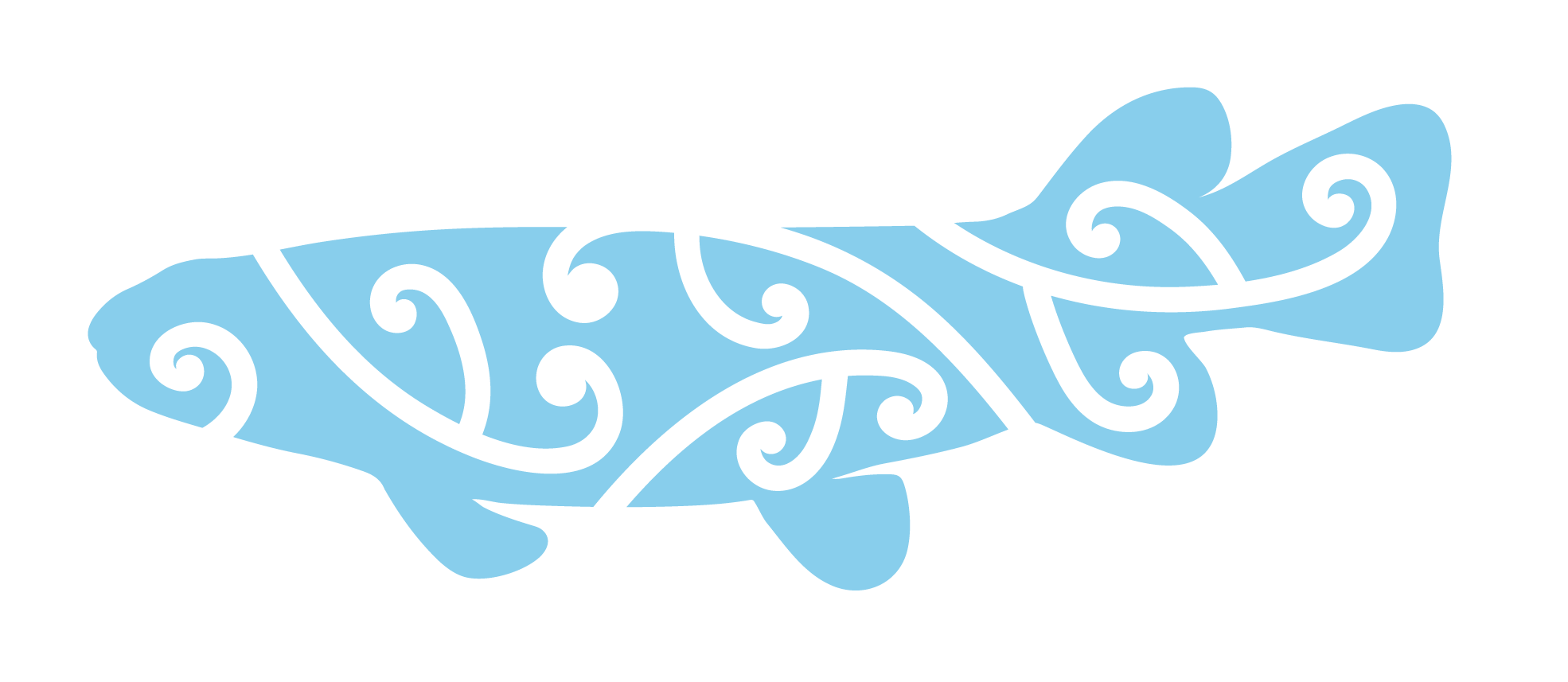Many of you will be familiar with the use of mussel-rope to help improve fish passage over or through structures including culverts.
The rope helps to reduce the water velocity adjacent to the rope and also gives a tactile surface for small fish to wriggle through or over.
Rope is a good tool when there is no other option, however it does not create resting pools, add depth, or retain bed-material.
While we have installed many 1000’s of meters of mussel-rope, it is important to understand that there are limitations as to where mussel-rope can be used and where it is not suitable.
Mussel ropes can be used to enhance fish passage on existing structures where: –
- Culverts are perched and fitting ramps is not practical.
- It is not practical to install baffles e.g. culvert diameters <800mm
Other notes:
- Based on our extensive experience, it is best not to attach the downstream end of the rope as this has been known to cause blockages when logs, debris etc gets caught under the rope.
- Fixings should be roust e.g. stainless steel D-ring and clasp – NOT a waratah.
- “Swimming lanes” are rarely achievable when installing ropes through smaller diameter pipes because these pipes typically have very low flow. It is even more challenging if the pipe is also long.
- There is no evidence that “swimming lanes” are more effective than a number of ropes laying close beside each other.
- When aiming to get fish up a perched or overhanging structure, it is best to first attach a strip of rubber in order to create a wetted margin. See Tim’s video link below.
- Looped-rope is less likely to shed fibers than Super-Christmas-tree rope and there is no evidence of it being more likely to cause a blockage.
- The cut ends of the ropes should be melted to prevent fraying.
- If rope is used through a culver that is also overhanging, there should be twos sets – one set attached at the upstream end and finishing at the outlet, with a second set attached at the outlet hanging down into the plunge-pool.
In summary:
Mussel-ropes should only be used as a last resort when remediating existingstructures where ramps, baffles etc are not practical.
We are always willing to listen, help. share and learn, so please feel free to contact us however and whenever..
